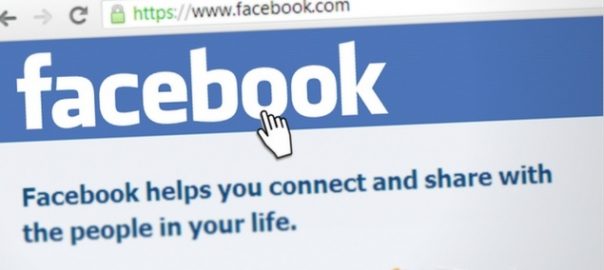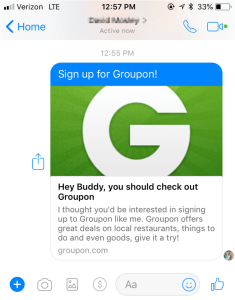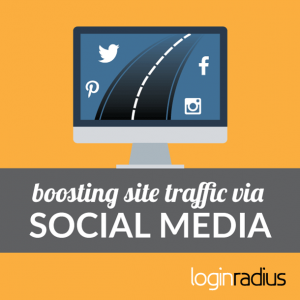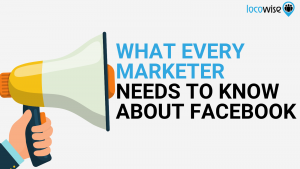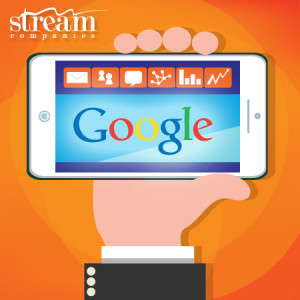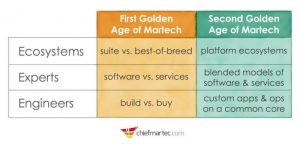
A Q. & A. with Facebook Product Marketing Manager, Mobile Advertising Kevin Chao
The Jornaya team has heard a lot of buzz lately about Facebook’s new lead ads product. I recently had a chat with Facebook’s Kevin Chao to get the lowdown on Facebook lead ads to share with you. Here’s what I learned from Kevin.
1. How do Facebook lead ads work?
Whether your objective is to encourage consumers to sign up for your newsletter, get an offer, attend an event, or request more information about your product, lead ads simplify the mobile signup process, helping you hear from people interested in your business.
When a consumer clicks on your lead ad, a form opens with the consumer’s contact information automatically populated, based on the public information they share with Facebook, like their name and email address. This makes filling in the form as fast as two taps: one click on the ad to open the form and another to submit the autofilled form. Additionally, this form can be customized, giving the advertiser the ability to request whatever information is most relevant to their business.
The main thing to note is that this is a fully nativized and a seamless experience. In a time where you have ever-increasing mobile usage, it can be hard for the performance marketer to reach and capture consumer intent. There’s a lot of fragmentation in how consumers interact with their devices, and once you do reach them, because they are on a mobile device, it can be difficult to get a consumer to type in all their info because it’s usually a frustrating user experience on mobile.
But, with the lead ads forms, because Facebook will pre-populate the consumer’s information we have that is publicly available, it vastly improves the user experience, making the user more likely to complete and submit the form.
2. What makes Facebook lead ads different than traditional lead sources?
Facebook can reach all the consumers that matter to you because its reach is so vast (as of the second quarter of 2016, Facebook had 1.71 billion monthly active users*), and because it’s based on real identities, you can do it in a targeted manner. It’s a native experience and a seamless experience and you can capitalize on that intent. It’s mobile-optimized and caters to shifting consumer behavior. It works across multiple devices–tablet, mobile, desktop, etc. providing a unified experience so that you know the identity of the consumer across all devices without worrying about duplication.
Because this is happening within Facebook, when the brand establishes a relationship with a consumer, they can continue engagement within Facebook. For example, you can leverage Engagement Custom Audiences to build a cluster based on who opened, started, and abandoned or who completed the form on your lead ad. With those engagement custom audiences, you can then approach them with the appropriate follow up targeting based on that signal and follow them through the lifetime of the relationship.
3. What kinds of businesses are using Facebook lead ads?
We are seeing a broad range of industries having success with lead ads, including auto brands, higher education providers, mortgage lenders, insurance carriers, and even sports teams — with both large and small-sized companies capturing consumer data for their campaigns. Because this platform is flexible and empowers the customer through their acquisition, businesses of all types are seeing success with it.
4. What kind of success are brands seeing from Facebook lead ads?
Businesses of all sizes using lead ads all want consumers to easily contact them so they can gather more information and nurture them into high-value customers.
There are varied ways customers are seeing success; for example, CDI College has experienced a 15–20 percent increase in return on ad spend and a 41 percent decrease in cost per lead compared to other channels. Looking at a different industry example, iconic German car manufacturer BMW UK reduced its cost per lead by 56 percent and saw a 2.8X increase in leads when it switched to Facebook lead ads. And, the news and information site TheSkimm used Facebook lead ads to attract new subscribers for its daily newsletter, seeing a 22% increase in lead quality at a cost per acquisition of just $ 1-2.
5. What is the process for a marketer to get started with Facebook lead ads?
We are trying to make the process as seamless as possible and give as many options as possible to our advertisers. The form process has a few sections beginning with the context card that provides the opportunity for the advertiser to give the consumer more information about how to understand their business.
Next, you will determine the information you want to capture the information from the consumer that’s most relevant to your business. The publicly available data Facebook already has that you ask for will be auto-filled, but we also support custom questions. The advertiser can ask for the pertinent information he wants to capture. For example, if you are an auto company you might want to ask your consumers “When are you looking to buy your next car?” so that you know when it is most appropriate to follow up.
The final step in the process is the privacy policy. We want to make sure that consumers understand how their information will be used, including disclosures and compliance language. We don’t ever want an advertiser to abuse it and above all else, we want the user to feel safe in sharing their information.
The lead ad setup requires a privacy policy by the advertiser, but there’s also an opportunity to customize this to be a Custom Disclosure, which many advertisers use to get the consumer’s express consent to be contacted by phone or text (as required by the TCPA). You have options to add more text, hyperlink, and make an active agreement to the disclosure required (via an acceptance radio button) if they desire to do so.
For step-by-step instructions on setting up your lead ads, visit our Advertiser Help Center.
6. What are some Best Practices and Considerations for New Advertisers?
Be cognizant of the context in which your ad is being presented.
It’s important to educate and tell your audience why they should stop and read the ad and submit the form. I’ve seen ads use promotions like “Get 10% off when you subscribe”. This type of ad has a clear CTA (Subscribe Now) and then informs the consumer that the coupon will be emailed to them. This creates a consistent end-to-end experience with a clear value prop to the audience. The key is to provide the important information that helps the consumer understand exactly why they are submitting the form and what they can expect as a result of submitting it.
Measure the quality of the campaign.
Look at the cost of your qualified leads. Advertisers will likely receive more leads than from other channels. Search is not the entry point from mobile. Facebook is where people spend time, so it gets more reach than some other channels that advertisers are used to working with. The seamless experience and removing friction eliminates drop off, which means that more leads come in.
To ensure quality, our targeting is very granular, so you can reach everyone who matters to you. A financial services company knows people who live in certain demographic are the best target, so those companies can target that consumer. Facebook Lookalike Audiences enables you to expand your audience based off of a seed list. You can upload a list of your best customers and they will find other consumers with the same characteristics to add to your campaigns.
What you need to look at is: How much did you pay for the qualified leads you received? The different environment the leads are coming through means you need to look at it a little differently than you might look at your other channels.
Nurturing scoring happens outside of the Facebook platform.
Remember, acquiring the lead is just the first step in turning them into a valuable customer. One common mistake we see is that advertisers don’t think about how to integrate lead ads into their other workflows. It should be treated as every other channel feeding your overall nurture campaigns. We are integrated with many APIs to help you pull these leads out and add them to your nurture campaigns. It should integrate well to your existing campaigns.
Summing it up
It’s clear that we are now well past the tipping point for mobile adoption. According to the KPCB 2015 Internet Trends Report, mobile digital media time in the US is now significantly higher at 51 percent than desktop at 42 percent. If your consumers are spending more time on mobile, it’s crucial that you adapt your advertising strategy accordingly. Facebook lead ads could be exactly the component you need in your mix.
*Source: Statista http://www.statista.com/statistics/264810/number-of-monthly-active-facebook-users-worldwide/
Digital & Social Articles on Business 2 Community(88)
